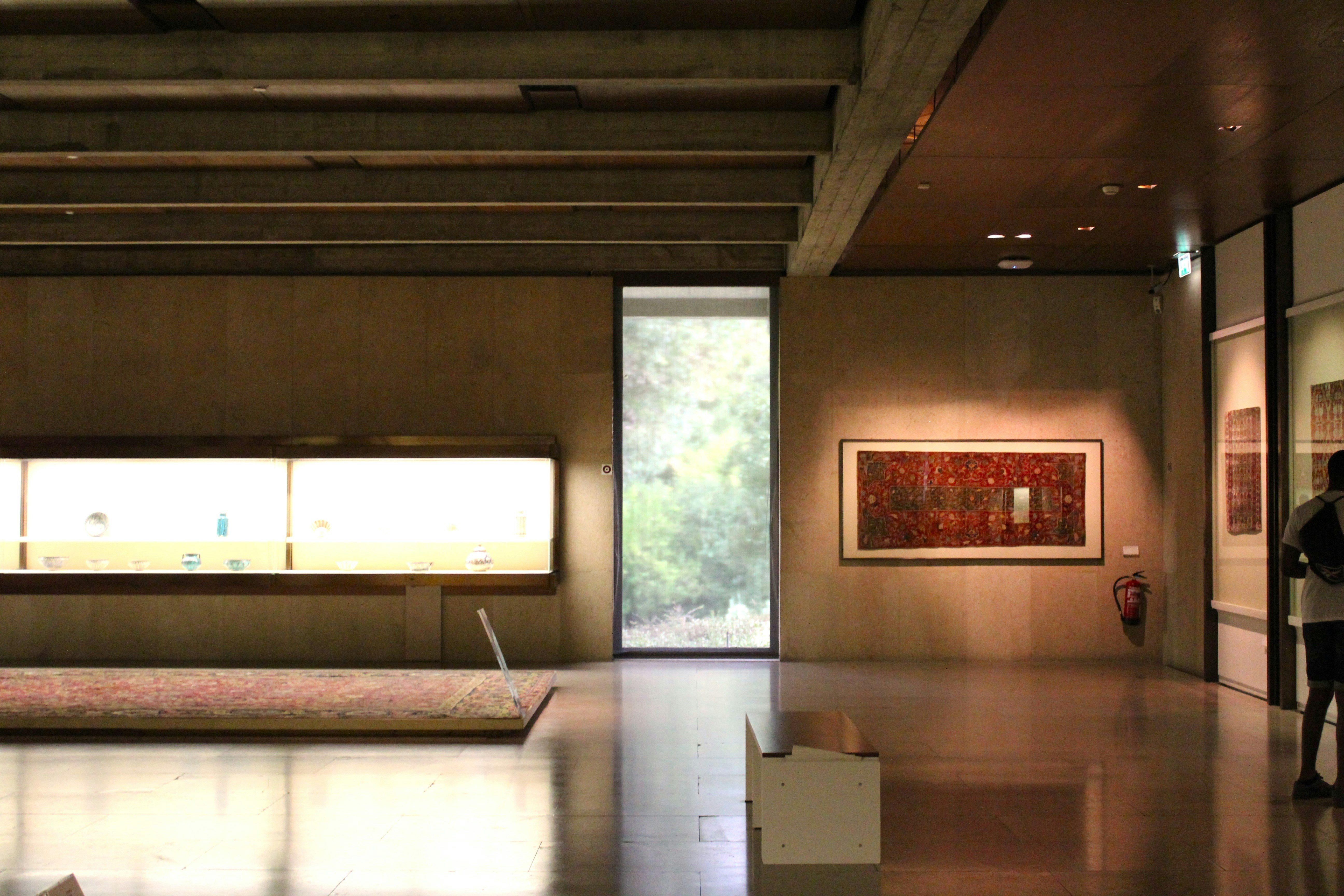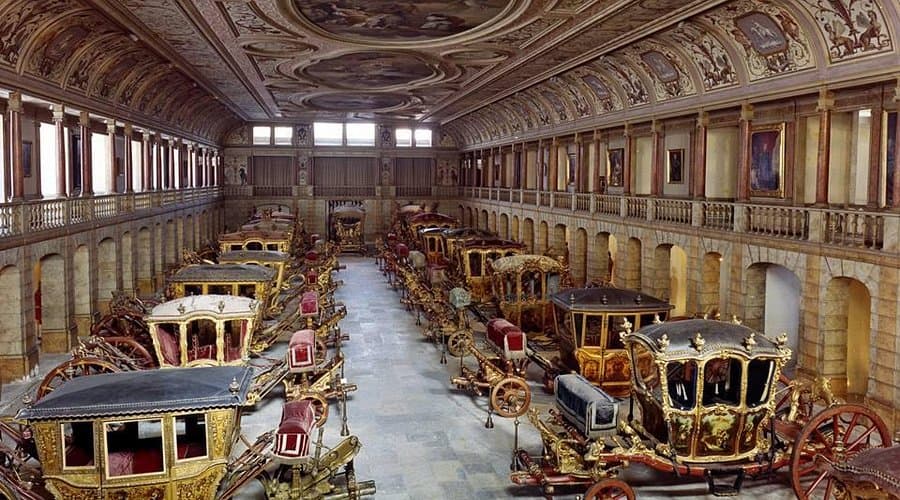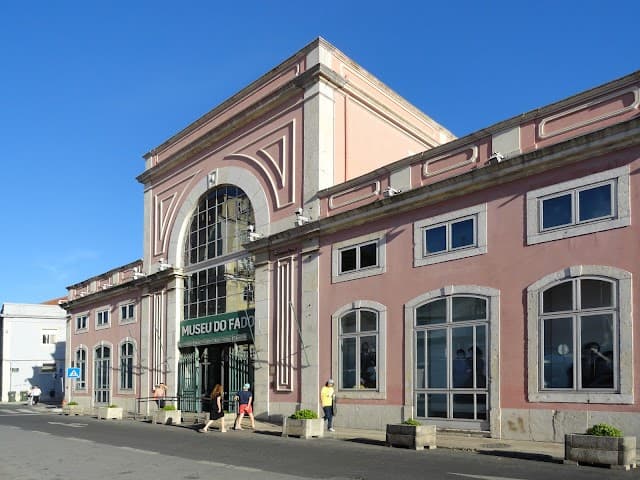.jpg&w=3840&q=100)
In the heart of a quiet Lisbon district, away from the hustle and bustle of the city centre, lies a treasure often overlooked : the Calouste Gulbenkian Museum! A true gem for art lovers (and not only them), this place is often described as a “hidden masterpiece”, as its richness far exceeds its sober appearance and discreet location… In this article, we’ll reveal everything you need to know about this remarkable museum, from its origins to its exceptional collections, and a few practical tips to help you make the most of your visit.
An exceptional collection, the dream of an art lover
The museum was born from the will of Calouste Sarkis Gulbenkian (1869-1955), an Armenian-born industrialist and collector who, throughout his life, amassed one of the most impressive private art collections in the world! Inaugurated in 1969, the building was designed to house these thousands of works within a modern architectural complex, perfectly integrated into a vast and peaceful garden park.
The collection spans many civilisations : from Ancient Egypt to Islamic art, from the Far East to European painting of the 16th to 19th centuries. You’ll find works by Rembrandt, Monet, Manet, Degas, Rubens, tapestries, Louis XV/XVI furniture, and an extraordinary collection of René Lalique jewellery, one of the finest in the world !
Why a “hidden masterpiece” ?
Unlike other, more famous and crowded museums in Lisbon, the Gulbenkian Museum offers a quieter, more serene setting, with a calm garden and an unhurried atmosphere, making it a place of true contemplation. The masterpieces displayed, many rarely seen elsewhere, add to the feeling of discovering a cultural treasure waiting to be unveiled.
Highlights not to miss
European Painting
Among the must-sees: Rembrandt, Rubens, Manet, Renoir.
Jewellery and Decorative Arts
The magnificent Lalique collection is considered one of the finest in the world.
Ancient Art
Egyptian, Greco-Roman, Islamic and Far Eastern works,an extraordinary journey through cultures and time.
The Setting
The building and gardens themselves are true works of art, designed by Ruy Jervis d’Athouguia, Alberto Pessoa and Pedro Cid.
A journey through space and time
Imagine entering a vast, light-filled hall, then strolling through minimalist galleries that alternate between Oriental antiquities, refined Islamic artefacts, glittering jewellery and majestic paintings. The silence, the greenery, the absence of crowds, all allow you to truly appreciate every piece. The adjacent garden, with its lake and trees, extends the visit in a peaceful, natural harmony.

© rui alves - unsplash
Practical information
Address : Avenida de Berna 45-A, 1067-001 Lisbon
Opening hours : generally 10:00 to 18:00, closed on Tuesdays
Tickets : around €10, free on certain Sunday afternoons
Access : metro São Sebastião (blue/red lines) or Praça de Espanha ; buses no. 713, 716, 726, 742, 746, 756
Visit duration : allow at least 1.5 to 2 hours (more if you wander through the garden)
Facilities : multilingual audio guides, art shop, and a café overlooking the garden
Evening events and special activities
The museum occasionally opens its doors in the evening for open-air concerts, special exhibitions and themed workshops. Check the official website for the latest programme, it’s the perfect chance to enjoy an even richer cultural experience!
Nearby and beyond the visit
After your visit, take a walk through the Gulbenkian Foundation gardens, beautifully designed for relaxation and inspiration. A stroll around the lake, under the trees, offers a calm, refreshing contrast to the museum’s tranquil interiors. You’re also close to Amoreiras and Praça de Espanha, perfect areas to enjoy lunch at a nice restaurant or take a break with a pastel de nata and a coffee !
Why you should plan this visit
Because it’s one of the largest private art collections in the world ; quieter museum than many other major Lisbon attractions ; unique harmony between art and nature, making it both relaxing and enriching.
The Calouste Gulbenkian Museum is much more than just a tourist stop, it’s an immersion into a world of art, beauty and tranquillity. If you’re looking for that Lisbon “hidden gem” combining heritage, calm and splendour, don’t miss this museum… it’s sure to enchant you !
Share this article
Suggested articles

The Unusual Museums of Portugal
When we think of museums, we often imagine long silent halls, paintings we look at without daring to speak, and guards following us out of the corner of their eye. But in Portugal, museums have an entirely different flavour. Here, they sometimes smell of the sea, of polished wood, of aged leather… and even of grilled sardines ! From north to south, the country is full of quirky, playful, sometimes slightly eccentric museums that tell its story in their own way. Forget the clichés : make room for curiosity, creativity, a touch of fantasy, and above all, some really fun outing ideas !
.jpg&w=3840&q=75)
Maritime Museum in Belém, The Soul of Portuguese Navigators
On the banks of the Tagus River, near the historic Belém Tower in Lisbon, lies a place that transports visitors to the heart of Portugal’s great maritime adventures : the Maritime Museum (“Museu da Marinha” in Portuguese).
.webp&w=3840&q=75)
The National Azulejo Museum in Lisbon
A true cultural treasure lies hidden in the peaceful neighbourhood of Xabregas in Lisbon: the National Azulejo Museum (Museu Nacional do Azulejo). Often overlooked by tourists, this museum, housed in the magnificent Madre de Deus Convent founded in 1509 by Queen D. Leonor, is well worth a visit.
.jpeg&w=3840&q=75)
Serralves in Porto, Contemporary Art in a Green Haven
Just a few minutes from Porto’s busiest avenues lies a true sanctuary of contemporary art and nature: the Serralves Foundation. Less visited than other urban landmarks in the city, this unique complex combines modern architecture, a romantic garden, and (very) daring exhibitions. If you are looking for a cultural experience in a green setting, this place is well worth your attention !

Fado Museum in Lisbon, Living Memory of a Music
In the heart of Lisbon’s historic Alfama district, the Fado Museum is a must-visit for anyone wanting to understand the musical soul of Portugal ! Opened on 25 September 1998, this museum is entirely dedicated to fado, the melancholic and passionate Portuguese music genre.


